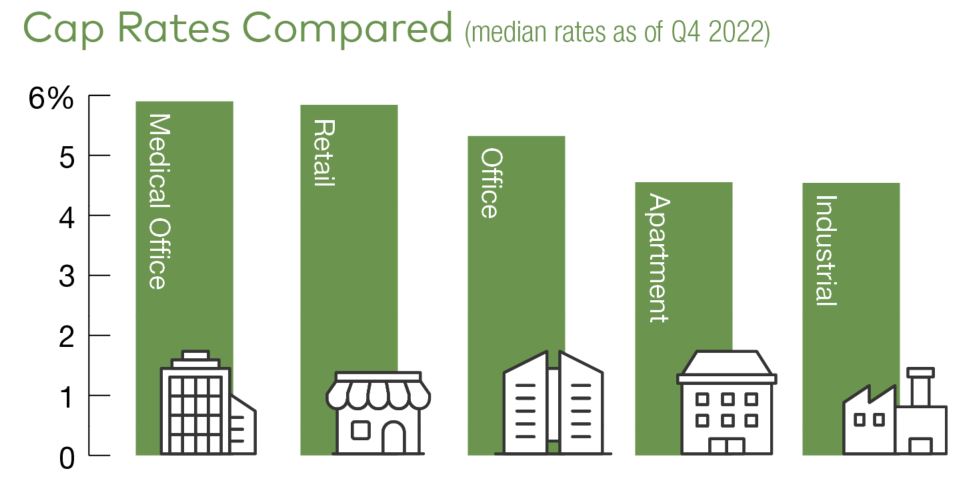What The Shift To Outpatient Care Means For The Orthopedic Industry
Eight orthopedic surgeons connected with Becker’s to discuss what the shift to outpatient care means for the orthopedic industry.
James Abbott, MD. Orthopedic Surgeon at Best Surgery & Therapies (Cincinnati)
It means providing more complex surgeries like total joint replacements and spine fusions with an outpatient model that can still leave the patient feeling safe and supported in their recovery process. To better accomplish this, we need innovative ways to manage patients with virtual coaching and monitoring systems that allow patients to have questions answered quickly and also develop safety net protocols for post-op patients to avoid issues turning into unnecessary emergency department visits. This will allow patients to shop around for the best experience, technique, and technology advancements when selecting a center for surgery and then control their recovery environment at home.
Wael Barsoum, MD. President and Chief Transformation Officer at Healthcare Outcomes Performance Co.
Over the last few years, CMS has removed close to 300 MSK procedures from the inpatient-only list, thus allowing these procedures to be performed in ASCs, which are typically lower cost. Although ASCs play a significant role in value-based care, cost should not be the only factor and come at the expense of quality and outcomes. Whether the site of care is a hospital or ASC, the choice should ultimately come down to which setting will provide the best patient outcome. High-risk patients will always need access to high-quality hospitals, and orthopedic surgeons should ensure that they are stratifying their risk and choosing the right site of care for the right patient at the right time.
Subir Jossan, MD. Chief Transformation Officer at MedVanta
Historically, the majority of surgical procedures in orthopedics had been done in an inpatient setting. The shift to outpatient care began almost two decades ago and has accelerated significantly in the last four to five years. This shift is multifactorial. Minimally invasive surgical techniques were the major initial driver of this trend. Technological advances in the orthopedic implant space have also aided in the shift to outpatient care. Anesthesia post operative pain control has allowed for major joint and spine surgical cases to be feasible in an outpatient setting. Finally, surgeon comfort with performing major cases in an outpatient setting has drastically increased due to training programs adopting the shift for younger physicians, whereas for older surgeons in private practice, the shift has occurred with less of an accelerated pace. Using orthopedic specialty trained assistants and increased utilization of physician extenders has also aided in increasing surgeon comfort with more complex cases into the outpatient setting.
The shift to outpatient setting has improved outcomes, improved patient satisfaction and dramatically decreased the cost of orthopedic care. This has been seen in many studies. As a whole, the shift has more recently allowed orthopedic surgery groups to entertain different reimbursement models. Since surgeons choose the site of service and direct post operative rehabilitation, they realize that they can drastically affect the total cost of musculoskeletal care, while concomitantly increasing patient satisfaction and most importantly improving patient outcomes. The proactive orthopedic groups therefore will increasingly have the opportunity to capitalize on the shift to outpatient care from a financial perspective. Orthopedic groups with the foresight and the ability to create the infrastructure to capitalize on the shift from inpatient to outpatient care will be positioned to have significant financial impact to their organization.
Philip Louie, MD. Spine Surgeon at Virginia Mason Franciscan Health (Seattle)
The rise of value-based care is placing additional economic pressure on surgeons to deliver the highest standard of treatment for less cost. This is especially true in orthopedic surgery and the industry as a whole. As we are seeing a shift to value-based healthcare and reimbursement, we really need to re-evaluate how orthopedic surgical care is delivered and billed.
We have been able to demonstrate improved patient outcomes/satisfaction, efficiency, and cost savings when surgeries are performed in ASCs compared to the main hospitals and medical centers. Now we need to focus on expanding the surgeries that can be safely performed. This will likely be driven by enabling technologies (where industry plays a large role) and collaboration with our anesthesia colleagues. We also need to provide greater access to ASC opportunities. The upcoming growth of ASC access will also improve the overall quality, safety, efficiency, and value of surgeries being performed in ASCs.
Ultimately, an improved understanding of how ASCs fit into the value-based care equation that is dominating our healthcare landscape. Patient care and outcomes will always be the most important factor.
Emeka Nwodim, MD. Orthopedic Surgeon at the Centers for Advanced Orthopaedics (Bethesda, Md.)
There are numerous ways in which the orthopedic industry has been impacted by the shift to outpatient care.
The orthopedic industry, like any other industry in healthcare, is comprised of a myriad of components, entities, professionals and individuals. The shift to outpatient care inevitably impacts everyone; I believe, for the better.
Oftentimes, our focus is on the major players, such as payers, hospitals/health systems, and physicians/surgeons. In this regard, I believe the shift to outpatient care has appropriately reestablished a balance of powers. Before, the pendulum swung drastically in the favor of payers and hospitals/health systems. Now, orthopedic surgeons have a greater impact, more administrative influence, autonomy in patient care all while optimizing their entrepreneurship. This is not intended to disparage payers, hospitals or health systems as they face their own challenges, appropriately protecting and optimizing their interests. As in any other circumstance or industry, I sincerely believe that balance of power is necessary for optimal outcomes.
On a less visible impact, is the influence that it has had on other professionals and individuals within the orthopedic industry. This includes lower-level administrators, nurses and all other clinical and nonclinical staff. The shift to outpatient care provided everyone the opportunity to compete with the major players mentioned above. Whether they choose to remain in the inpatient setting or not, they have the leverage of being able to negotiate with an outside outpatient opportunity.
Paul Perry, MD. President of Tri-State Orthopaedic Surgeons (Evansville, Ind.)
The accelerating migration of orthopedic cases to the outpatient setting will facilitate and cement surgeon leadership in the delivery of surgical care. In many cases, surgeons exert considerably more control over care delivered in the ASC setting as opposed to the hospital setting. This care is delivered as a tremendous value proposition with higher quality and lower overall costs than similar inpatient care models. This is a win for patients, employers and third-party payers in systemic efforts to contain rising healthcare costs.
Thomas Schuler, MD. Founder and CEO of Virginia Spine Institute (Reston, VA)
A significant rise in outpatient surgery is transferring enormous numbers of surgical cases from hospital settings which is negatively affecting hospital revenue. Hospitals are trying to make up for this loss by building outpatient centers and pursuing complex cases that still need patient care. This is where complex spine surgeries can benefit hospitals and patients. As hospitals increase the complexity of spine surgery performed at their institution, more patients are able to receive the needed care that historically was difficult to find centers that performed such care. This does not mean that all hospitals and their physicians should provide such care, but it is a strategic opportunity for excellent spine surgeons to partner with their hospitals to elevate access to complex spine care for patients. Communities will benefit. Modern spine care significantly increases the quality of peoples’ lives when performed by talented surgeons aligned with a spine-focused hospital.
Anand Srinivasan, MD. Director of Anterior Hip Replacement Program at NorthShore Orthopaedic & Spine Institute (Gurnee and Glenview, Ill.)
The shift to outpatient care for the orthopedic industry, specifically in the setting of joint replacement surgery including anterior total hip arthroplasty, means that practices and institutions will have to employ tools and devices that allow for remote monitoring and care in a scalable fashion. This may involve smart implants, braces, or other equipment that allow for communication and most importantly, identification of patients that may have postoperative concerns.
Source: Becker’s Spine Review





